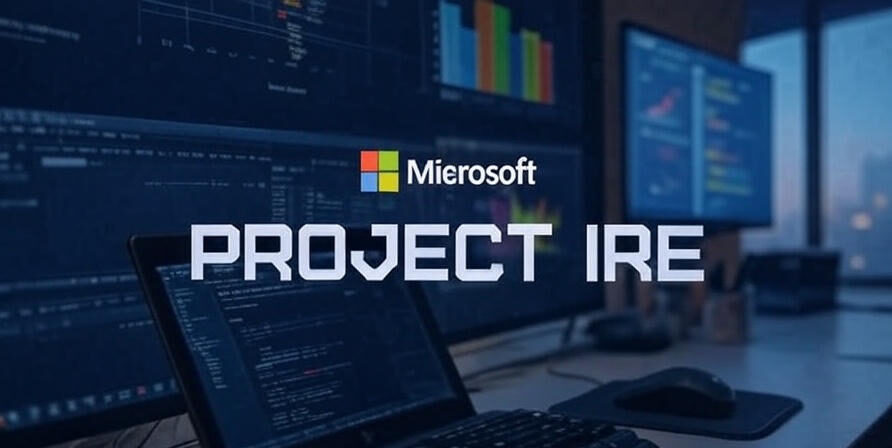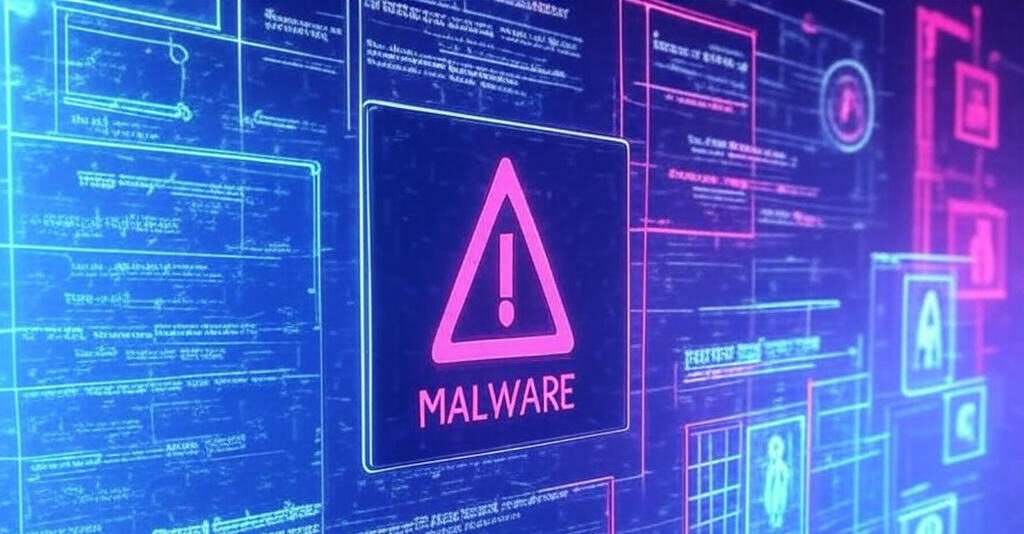
As cyber threats grow increasingly sophisticated, two major developments in August 2025 highlight the dynamic battle between cybercriminals and defenders in the digital realm. A critical vulnerability in WinRAR, a widely used file compression tool, has been exploited by a Russian hacking group to unleash a wave of phishing attacks, compromising systems worldwide. Simultaneously, Microsoft has introduced Project Ire, a revolutionary AI-driven system that autonomously reverse-engineers malware, marking a significant leap forward in cybersecurity innovation. These events underscore the urgent need for vigilant software updates and the transformative potential of artificial intelligence in combating evolving threats, setting the stage for a new era in digital security.
Russian Hacking Group Exploits Critical WinRAR Vulnerability
A newly uncovered security flaw in WinRAR, the globally popular file compression and archiving software, has been actively exploited by a Russian hacking group in a sophisticated phishing campaign. This serious flaw, impacting WinRAR versions before 7.13, let hackers hide malicious code in archived files, allowing dangerous scripts to run smoothly when users unzip them. The exploit has been linked to a series of targeted attacks, compromising the security of both individual users and organizations across the globe.
Sophisticated Phishing Campaign Targets Users

The Russian hacking group, suspected to have ties to state-sponsored cyber operations, used advanced phishing techniques to distribute malware through seemingly legitimate email attachments. These attachments, often disguised as invoices, job applications, or urgent notifications, tricked users into opening compromised archives. Once extracted, the malicious scripts could deploy keyloggers to steal sensitive credentials, ransomware to lock critical files, or backdoors to grant attackers unauthorized access to systems. The campaign’s sophistication lies in its ability to bypass traditional antivirus defenses, exploiting the trust users place in WinRAR, which has tens of millions of users worldwide.
Urgent Call to Update to Version 7.13
The WinRAR development team responded swiftly to the threat, releasing version 7.13 to address the vulnerability. This update patches the security loophole, preventing malicious scripts from executing during file extraction. Cybersecurity experts are issuing an urgent call to action, strongly advising all WinRAR users to upgrade to version 7.13 immediately to protect their systems from ongoing threats. The exploit remains active in the wild, with hackers continuously refining their phishing strategies to target unpatched systems.
To update, users can visit the official WinRAR website at www.win-rar.com, download the latest version, and follow the straightforward installation instructions. Beyond updating, experts recommend scanning all email attachments with up-to-date antivirus software, avoiding files from unverified sources, enabling two-factor authentication (2FA) on critical accounts, and regularly backing up data to mitigate ransomware risks.This event highlights the vital need for prompt software updates and increased alertness in a time of growingly complex cyber dangers.
Microsoft’s Project Ire: Revolutionizing Cybersecurity
In a groundbreaking development, Microsoft has unveiled Project Ire, an innovative AI-powered system designed to autonomously reverse-engineer malware, marking a transformative shift in cybersecurity. Launched in August 2025, Project Ire leverages advanced machine learning algorithms to analyze malicious code with unprecedented speed and precision, reducing reliance on labor-intensive manual analysis. This cutting-edge technology represents a significant leap forward in combating the rapidly evolving tactics of cybercriminals.
AI-Driven Malware Analysis

Project Ire’s capabilities were rigorously tested during the recent WinRAR exploit, where it successfully dissected complex malware strains in record time. By analyzing the structure, behavior, and propagation methods of the malicious code, the system provided actionable insights, enabling cybersecurity teams to develop effective countermeasures swiftly. Unlike traditional reverse-engineering, which can take hours or days, Project Ire’s automated approach identifies malware patterns, traces their origins, and predicts potential attack vectors, significantly reducing the window of vulnerability.
Integration and Industry Impact
Microsoft plans to integrate Project Ire into its Defender security suite, making its advanced capabilities accessible to both enterprise clients and individual users. The system’s ability to handle sophisticated malware, including polymorphic and obfuscated code that changes to evade detection, positions it as a formidable tool in the fight against cybercrime. Industry analysts have hailed Project Ire as a potential game-changer, emphasizing its scalability, efficiency, and ability to alleviate the burden on cybersecurity professionals facing overwhelming workloads.
Resources for Cybersecurity
However, the introduction of AI-driven tools like Project Ire has sparked discussions about accessibility and oversight. Smaller organizations with limited budgets may face challenges in adopting such advanced technologies, potentially widening disparities in cybersecurity capabilities. Experts have also called for transparency and human oversight to prevent false positives or unintended consequences, such as misidentifying legitimate software as malicious. Microsoft is addressing these concerns by ensuring Project Ire operates with high accuracy and by planning to provide detailed documentation for enterprise users.
The Evolving Cybersecurity Landscape in 2025

As cybercriminals exploit vulnerabilities in widely used software like WinRAR, the industry is responding with innovative, AI-driven solutions to stay ahead. This ongoing arms race between attackers and defenders highlights the need for a multi-layered approach, combining advanced technologies with user awareness and robust security practices.
Best Practices for Users and Organizations
The Ongoing Arms Race
For individual users, proactive measures are essential: regularly updating software to patch vulnerabilities, using reputable antivirus solutions, exercising caution with email attachments, and implementing strong authentication methods like 2FA. Organizations must invest in advanced security tools, conduct regular employee training to combat phishing and social engineering, and develop comprehensive incident response plans to mitigate breaches. The WinRAR exploit and the rise of Project Ire emphasize the growing role of artificial intelligence in cybersecurity, offering transformative potential but requiring responsible implementation.
Staying Informed and Protected
To protect against the WinRAR vulnerability, users should visit the official WinRAR website at www.win-rar.com to download version 7.13. For updates on Microsoft’s Project Ire and its integration into the Defender suite, check Microsoft’s cybersecurity blog at www.microsoft.com/security/blog. Additional resources, including phishing prevention tips and cybersecurity best practices, are available on the Cybersecurity and Infrastructure Security Agency (CISA).




